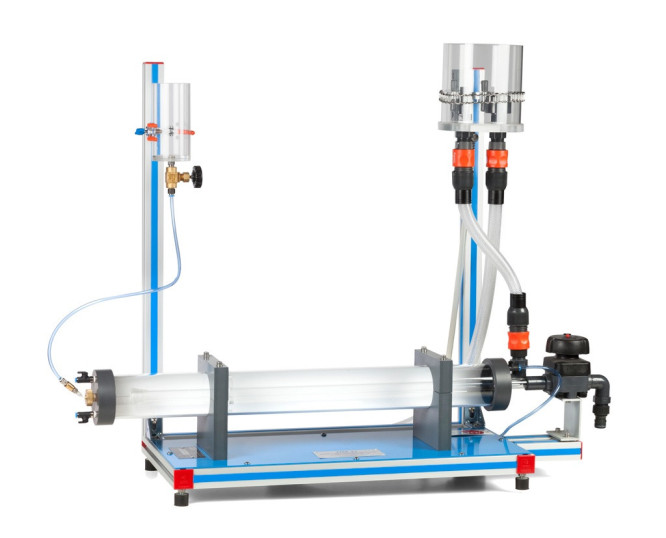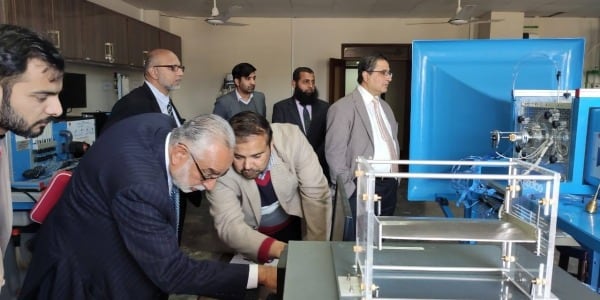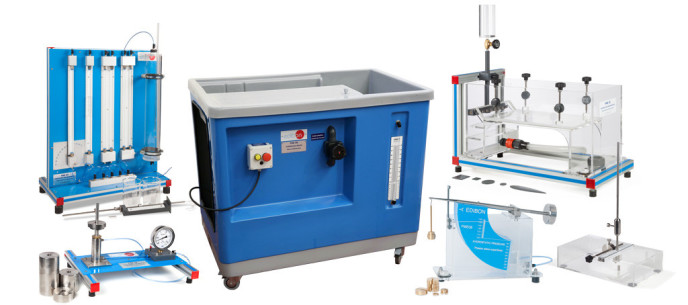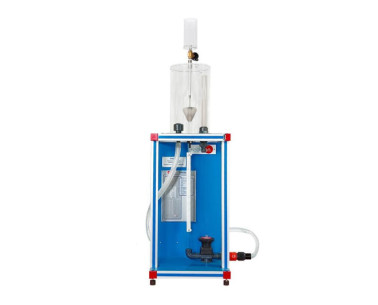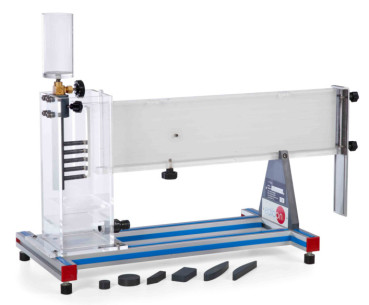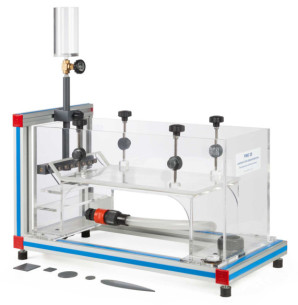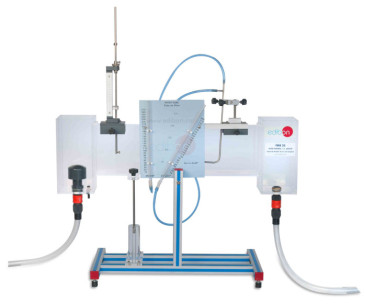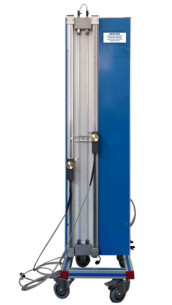FME31 Horizontal Osborne Reynolds Demonstration
INNOVATIVE SYSTEMS
The Osborne Reynolds Horizontal Demonstration Unit, "FME31", designed by EDIBON, allows to study the characteristics of a liquid flowing through a pipe and the Reynolds number in each of the liquid states.
Expansions
Laboratories
RELATED NEWS
General Description
The Osborne Reynolds Horizontal Demonstration Unit, "FME31", designed by EDIBON, allows to study the characteristics of a liquid flowing through a pipe and the Reynolds number in each of the liquid states.
The FME31 unit makes it possible to study the characteristics of the flow of a liquid inside a pipe and the behaviour of such flow. Besides, it is possible to determine the range of the laminar and turbulent flows using the Reynolds number. Thus, difference between laminar, turbulent and transition flows can be demonstrated and the Reynolds number can be calculated for each regime.
This unit consists on a transparent and horizontal pipe section, which makes it possible to visualize the fluid, a water supply tank, which guarantees the flow homogeneity, and a needle connected to a tank through a hose, from where the dye is supplied. Water flow in the test section can be regulated by means of a valve.
Water can be supplied either using the Hydraulics Bench (FME00) or from the Basic Hydraulic Feed System (FME00/B).
Exercises and guided practices
GUIDED PRACTICAL EXERCISES INCLUDED IN THE MANUAL
- Observation of laminar, transition and turbulent flows.
- Association of laminar, transition and turbulent flows with their corresponding Reynolds number.
- Observation of the parabolic velocity profile.
SUPPLEMENTARY EQUIPMENT
Osborne Reynolds' Demonstration
Flow Visualization in Channels
Laminar Flow Demonstration
Flow channel, length: 1 m
Data Acquisition System and Sensors
Quality

AFTER-SALES SERVICE

 Cookie preferences
Cookie preferences

